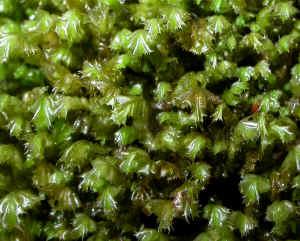
plagiochila_killarniensis.jpg from: https://derc.org.uk/mosses-and-bryophytes/
Exploring the Fascinating World of Plagiochila killarniensis Pearson Moss
Introduction
Mosses are often overlooked, but they play crucial roles in ecosystems around the world. One particularly interesting species is Plagiochila killarniensis Pearson, a moss in the Plagiochilaceae family, commonly known as Plagiochila. In this blog post, we’ll dive into the fascinating world of this unique moss and explore its morphology, distribution, habitat, and ecological significance.
Background
Plagiochila killarniensis Pearson
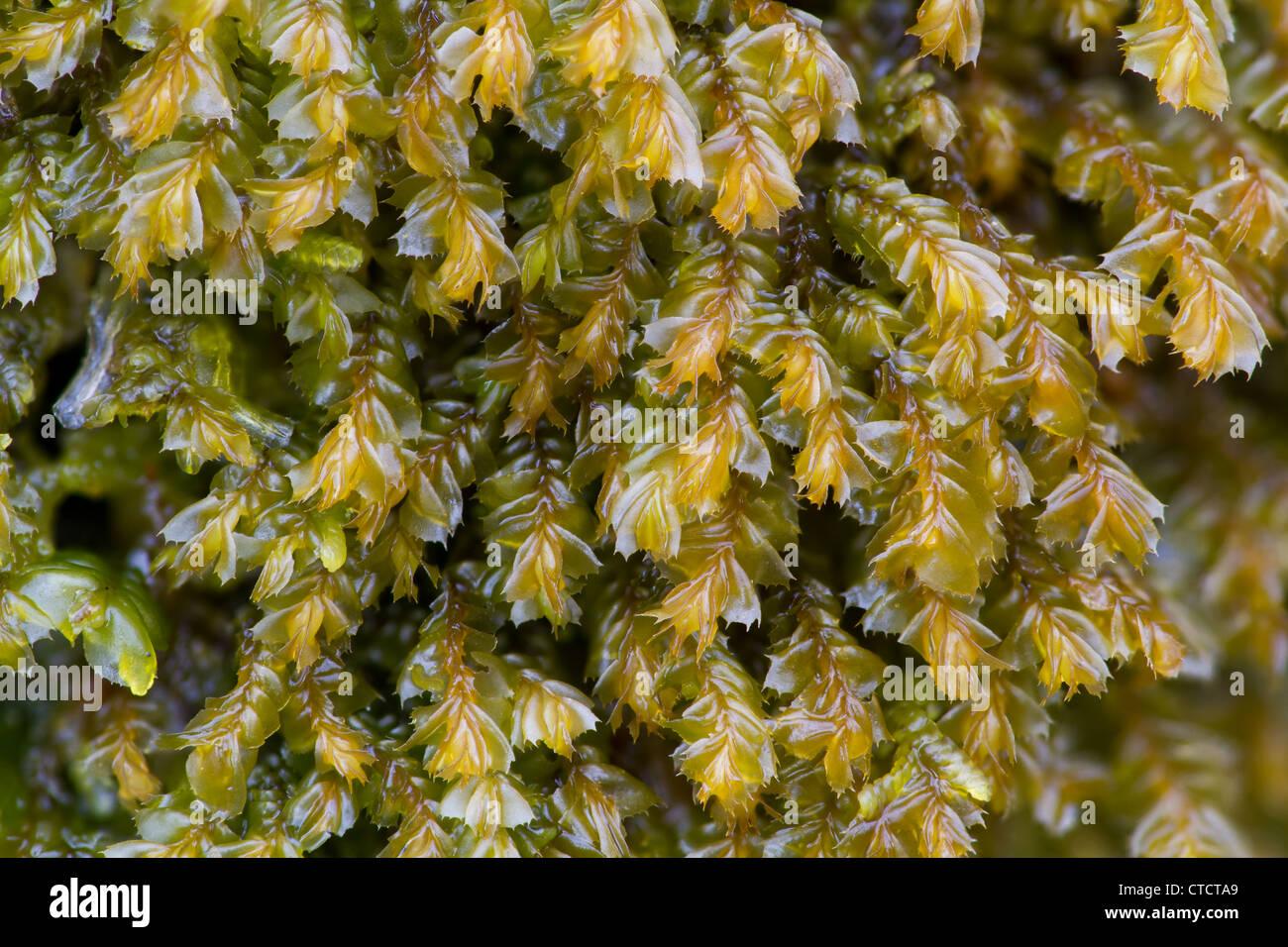
killarney-featherwort-plagiochila-killarniensis-CTCTA9.jpg from: https://www.alamy.com/stock-photo/plagiochila-killarniensis.html
is a species of leafy liverwort, which are non-vascular plants in the division Marchantiophyta, class Jungermanniopsida. Liverworts are some of the oldest land plants, with fossils dating back over 400 million years. There are over 7,000 species of liverworts found all around the world.
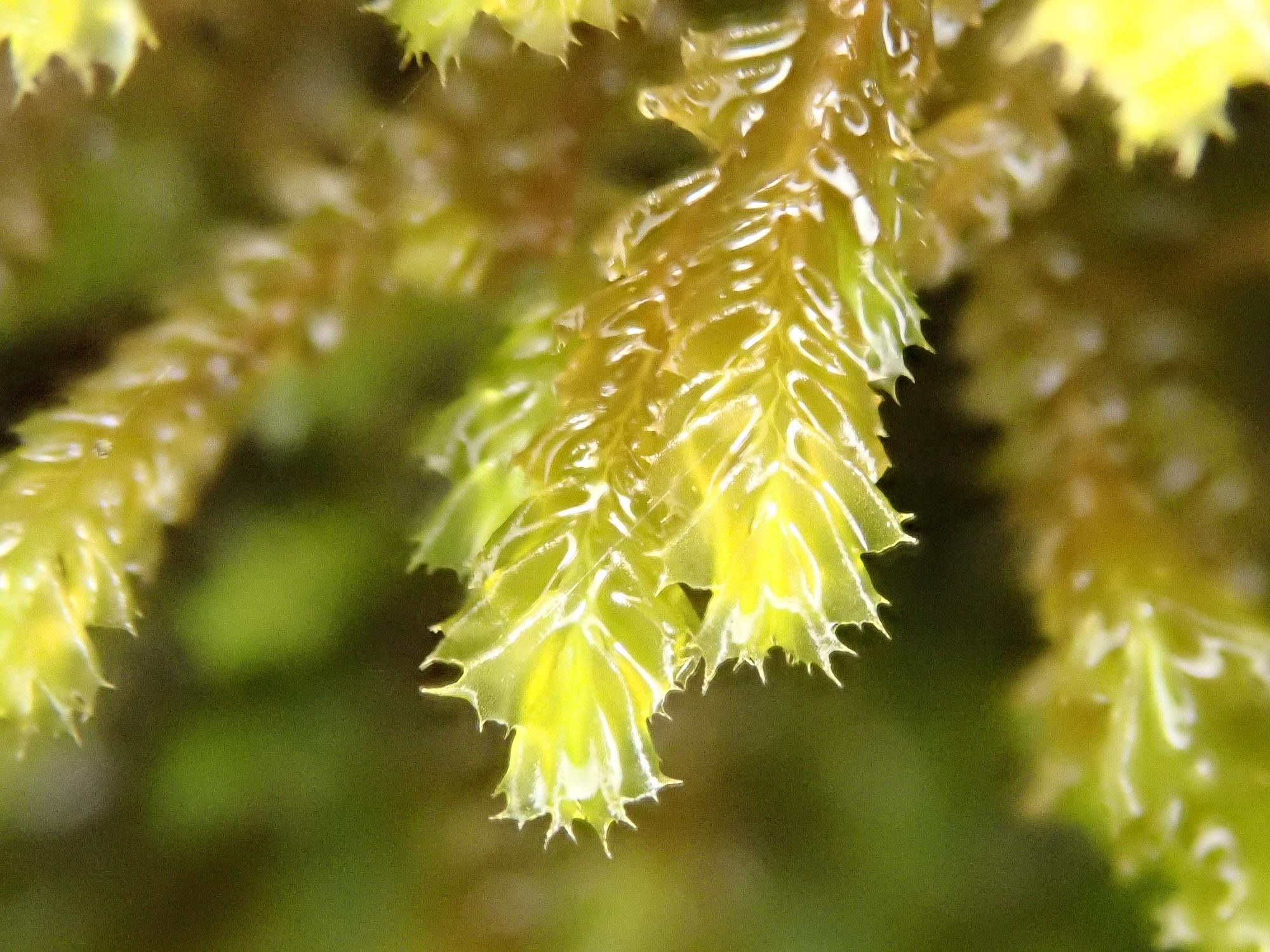
2021-09-12-13-07-49.jpg from: https://www.britishbryologicalsociety.org.uk/learning/species-finder/plagiochila-bifaria/
Morphology and Identification
P. killarniensis forms loose mats or patches. The shoots are up to 5 cm long
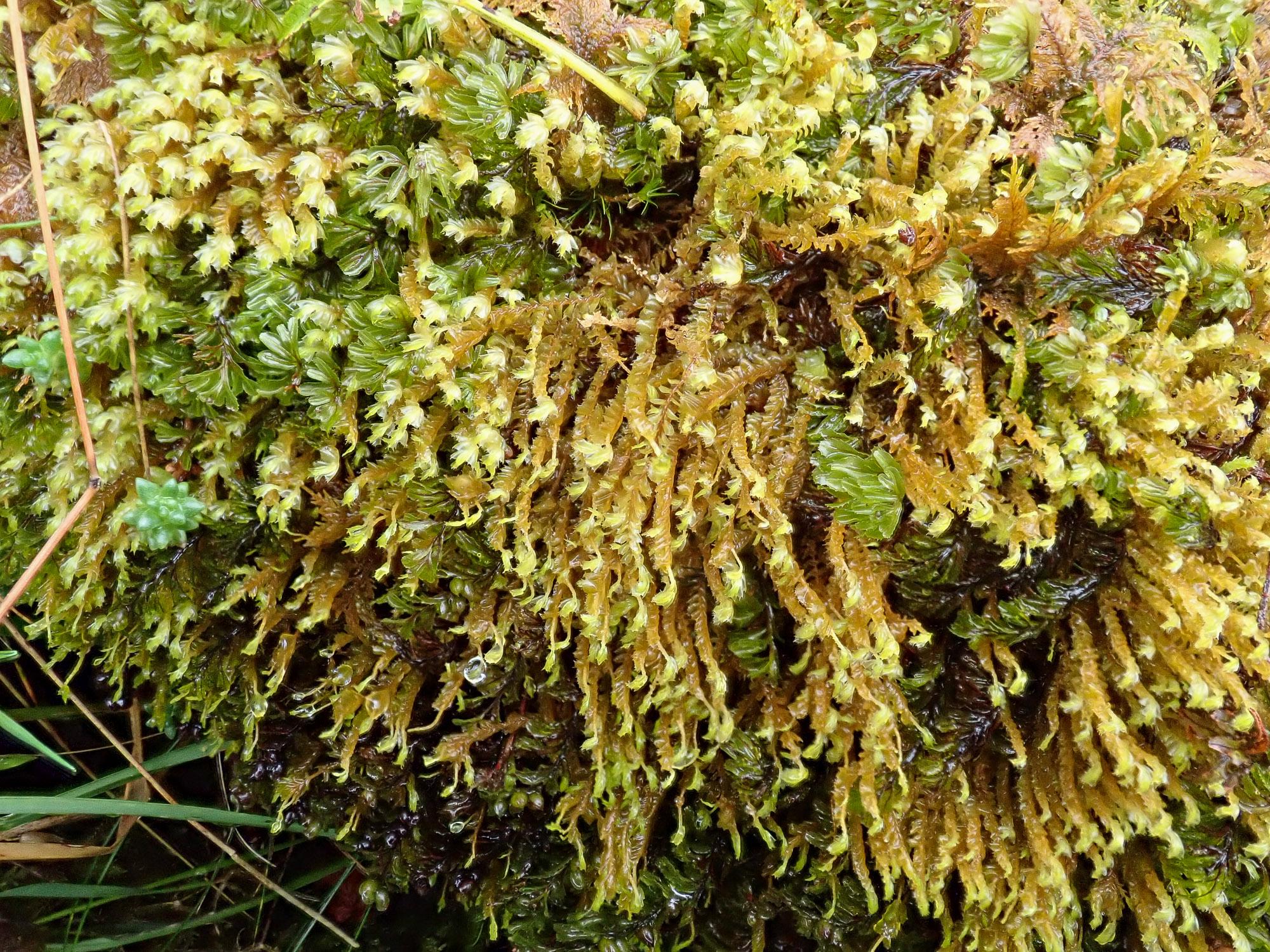
2021-09-13-11-50-58.jpg from: https://www.britishbryologicalsociety.org.uk/learning/species-finder/plagiochila-spinulosa/
and 3-4 mm wide. The leaves are oblong to oblong-ovate, 1.4-2.2 mm long and 0.8-1.2 mm wide. They are arranged in two rows and overlap each other. The leaf margins have small teeth.
The underleaves (modified leaves on the underside of the stem) are small and deeply bifid (split in two). Rhizoids, root-like structures that anchor the plant, are scattered along the stem. The plant is dioicous, meaning male and female reproductive structures are on separate plants.
Global Distribution and Habitat
P. killarniensis has a scattered distribution, found in parts of
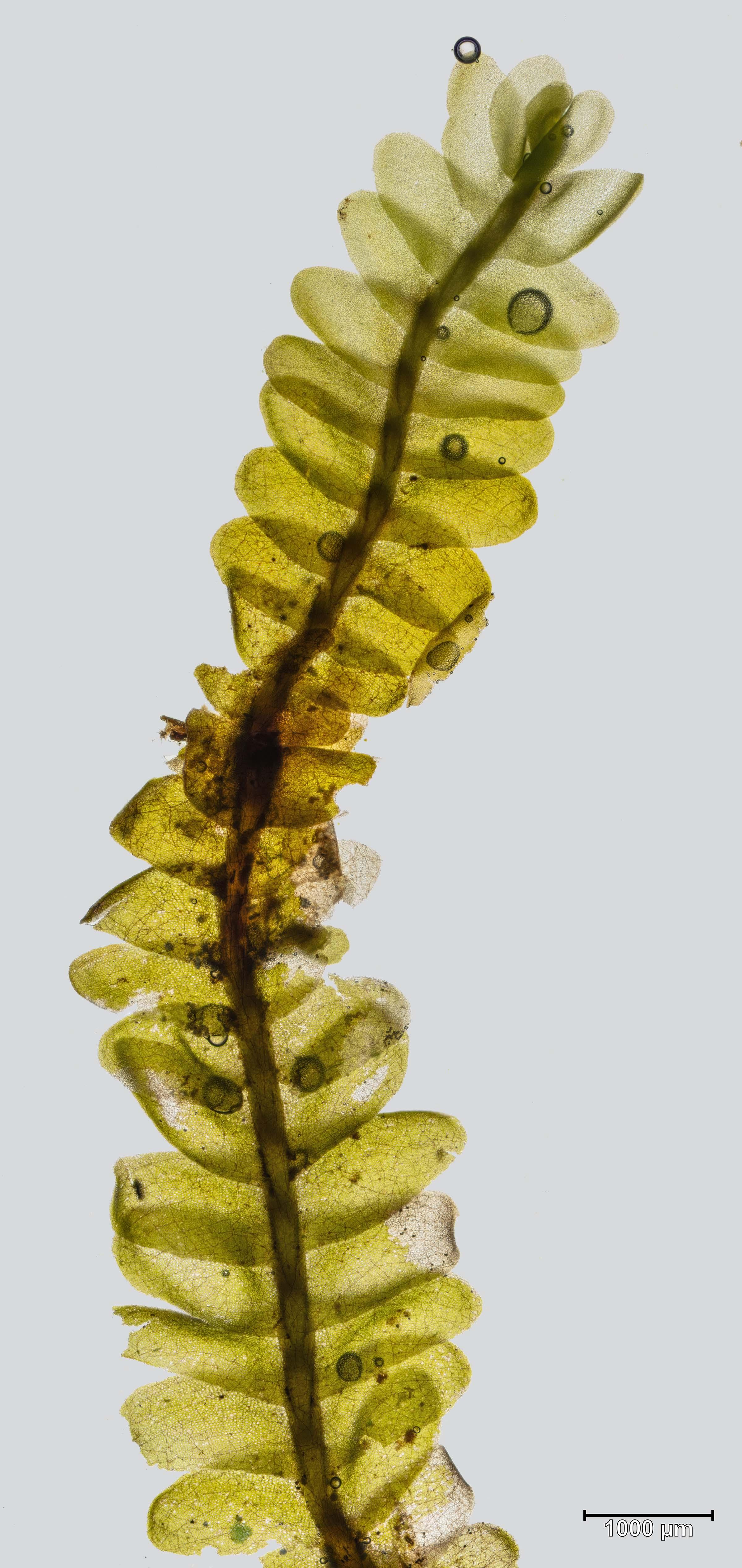
plagiochila_killarniensis_habitus.jpeg from: https://www.korseby.net/outer/flora/bryophyta/plagiochilaceae/index.html
Europe, Macaronesia, and South America. It grows on shaded, damp rocks and boulders, often near streams or waterfalls in humid, montane forests. In Europe, it is found in the British Isles, Faroe Islands, and Iberian Peninsula. In Macaronesia, it occurs in the Azores, Madeira and the Canary Islands. In South America it has been recorded from Colombia and Ecuador.
Ecological Roles and Adaptations
Like other mosses and liverworts, P. killarniensis plays important roles in its ecosystem:
- Provides habitat and shelter for micro-organisms and small invertebrates
- Helps stabilize soil and prevent erosion
- Absorbs and retains water, regulating moisture
- Participates in nutrient cycling
- Sensitive to air and water pollution, serving as a bioindicator
P. killarniensis has several adaptations that allow it to thrive in its habitat:
- Rhizoids anchor it to rocks and absorb water and nutrients
- Leaves are a single cell layer thick, allowing for efficient gas exchange and moisture absorption
- Leaves arranged to capture maximum light in shaded environments
- Able to reproduce asexually via fragmentation when conditions are unfavorable for sexual reproduction
Conclusion
Plagiochila killarniensis Pearson is a fascinating moss with a unique morphology, scattered global distribution, and important ecological roles. Despite its small size, it has a big impact in the ecosystems where it’s found. Next time you’re out in nature, take a closer look – you might just spot some Plagiochila hiding on a damp, shady rock! What other overlooked organisms in nature have you discovered?